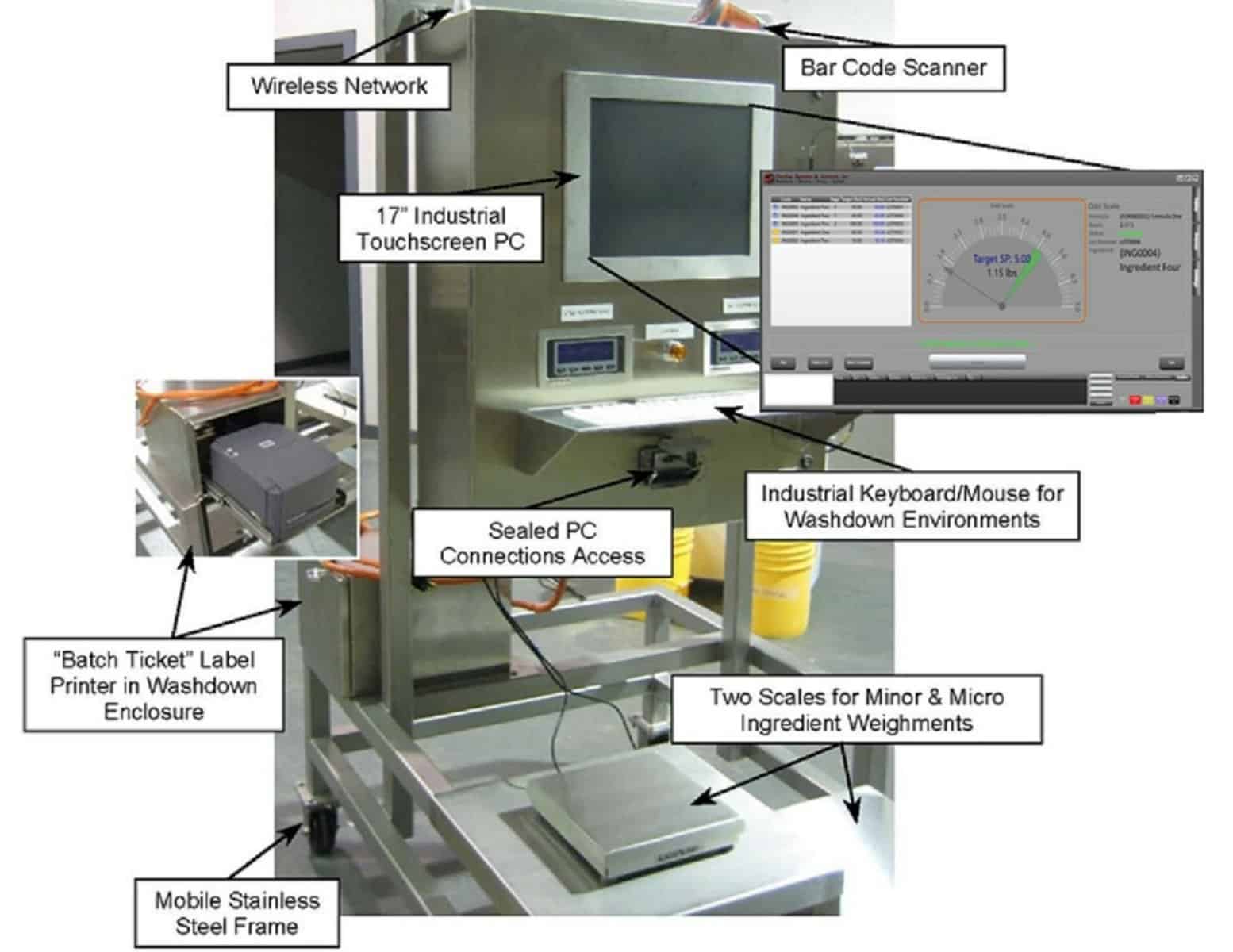There is a distinction between flammability and combustibility, albeit subtle. It is, however, important in terms of process safety
Flammable materials, whether solid, liquid or gas, can burn with a flame at ambient temperatures. One does not have to raise their temperature to a certain threshold for them to be capable of burning with a flame.
Combustible Materials
Combustible materials, however, must be raised in temperature before they can burn. Consider a pool of diesel fuel; if you were to hold a match to the pool, it would not ignite. To get it to catch fire and sustain a flame, to become ‘flammable’, it must first be heated to a certain temperature that is dependent on its composition.
It is the vapour that burns. For example, diesel must be heated for it to give off sufficient vapour, which, when mixed with air, will burn. Candle wax must be heated, first to the temperature at which it will melt, and then to the point again where it will give off enough vapour to mix with the air and sustain a flame.
The Flash Point
If a material has a flash point less than the maximum expected ambient temperatures in a geographical location, it could be considered ‘combustible’ (i.e. needs heating) rather than being ‘flammable’, which can burn spontaneously. If raised to a higher temperature, it could burn with a flame, but at ambient temperatures, this will not occur.
Therefore, it is worth checking the actual flash point of your materials. If the flash point is above 32°C, then it could be classed as ‘combustible’. If it is below 32°C, then it is a flammable liquid. These are not strict definitions, but it allows you to understand the risks of handling a liquid (or solid) at a temperature above, below or around its flash point and hence whether there is a risk or not of a fire/explosion occurring, depending on the operating temperatures.
Understanding the difference between flammability and combustibility when undertaking a risk assessment, can save on the cost of protective systems and procedures and still be sufficient to protect your people, plants and process.
We offer a range of tests that can meet the multiple safety requirements of flammable and combustible materials.











































